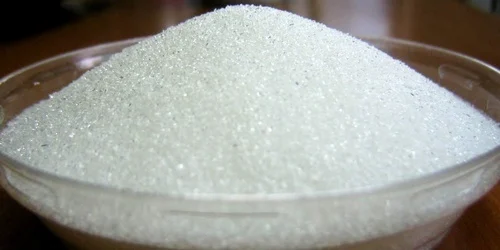Chromatography is a study of colors through separation process for individual study of components in a given compound steroid, amino acids, dyes, alkaloids, phenolic compounds, and pharmaceutical intermediates.
In silica gel column chromatography or HPCL (High Profile liquid chromatography) it is a chemical technique of mixtures of colored chemicals which is known as chromatography.
It is a method of dividing and studying the content of liquid or gas through selective absorption like Silica gel Column chromatography.

